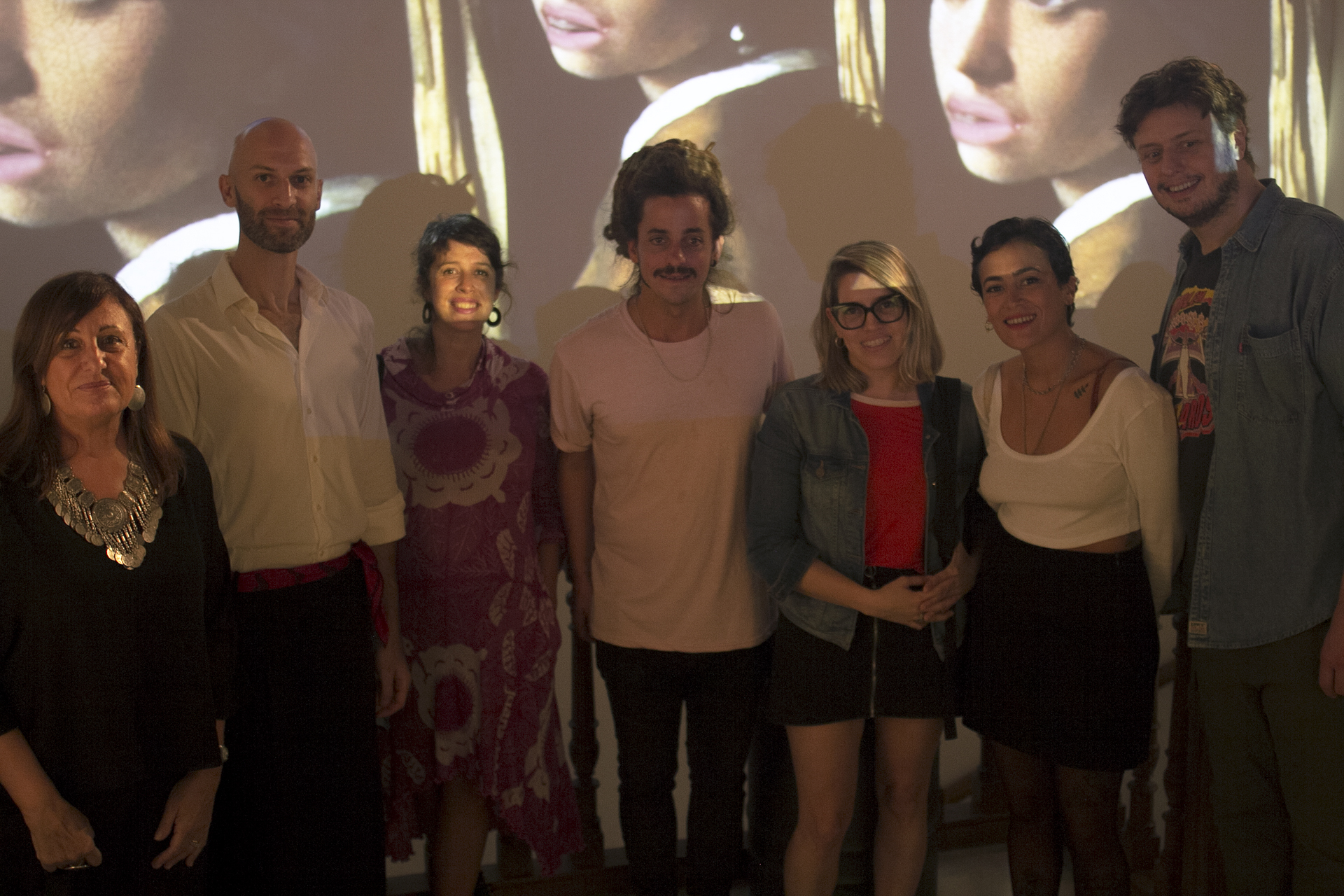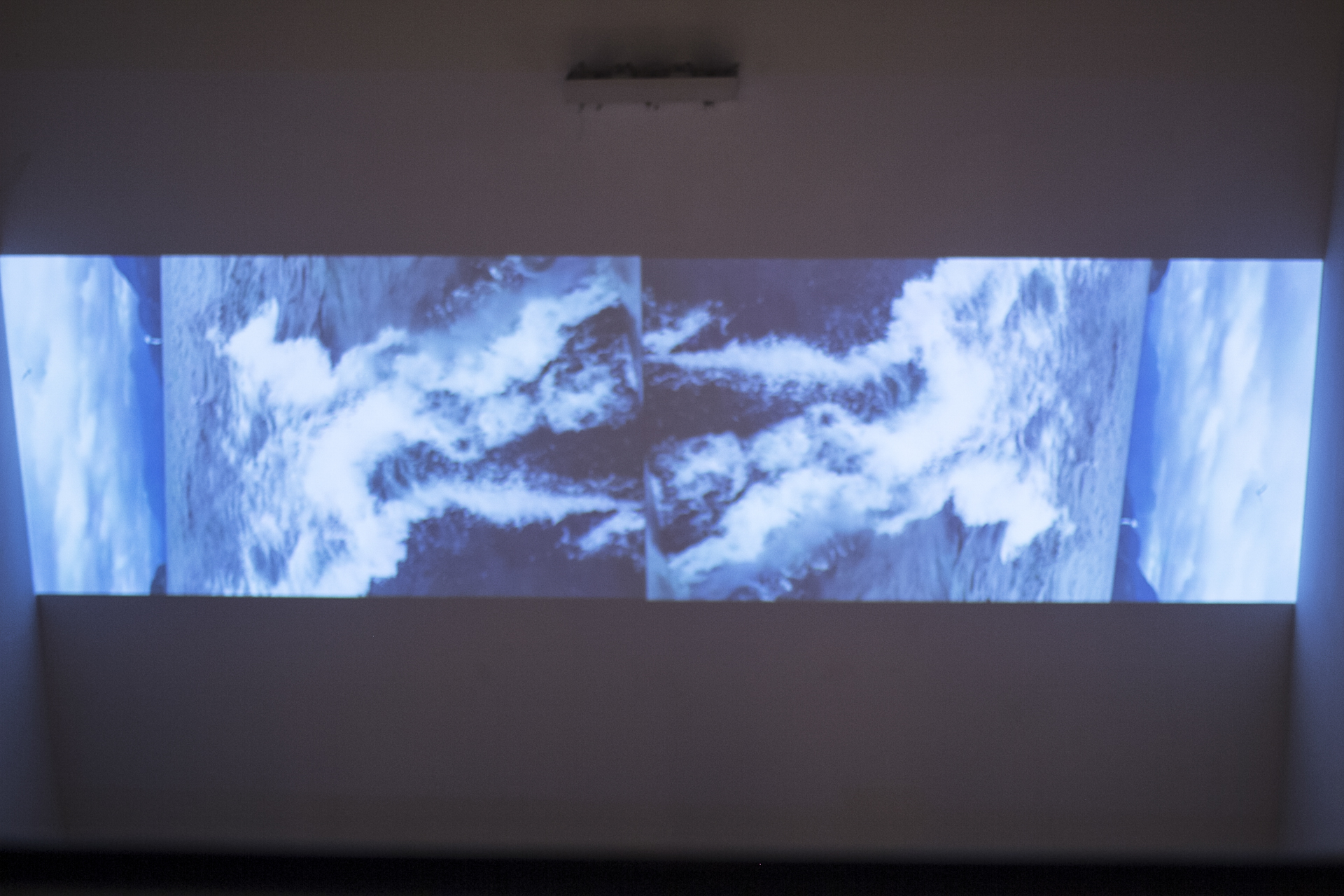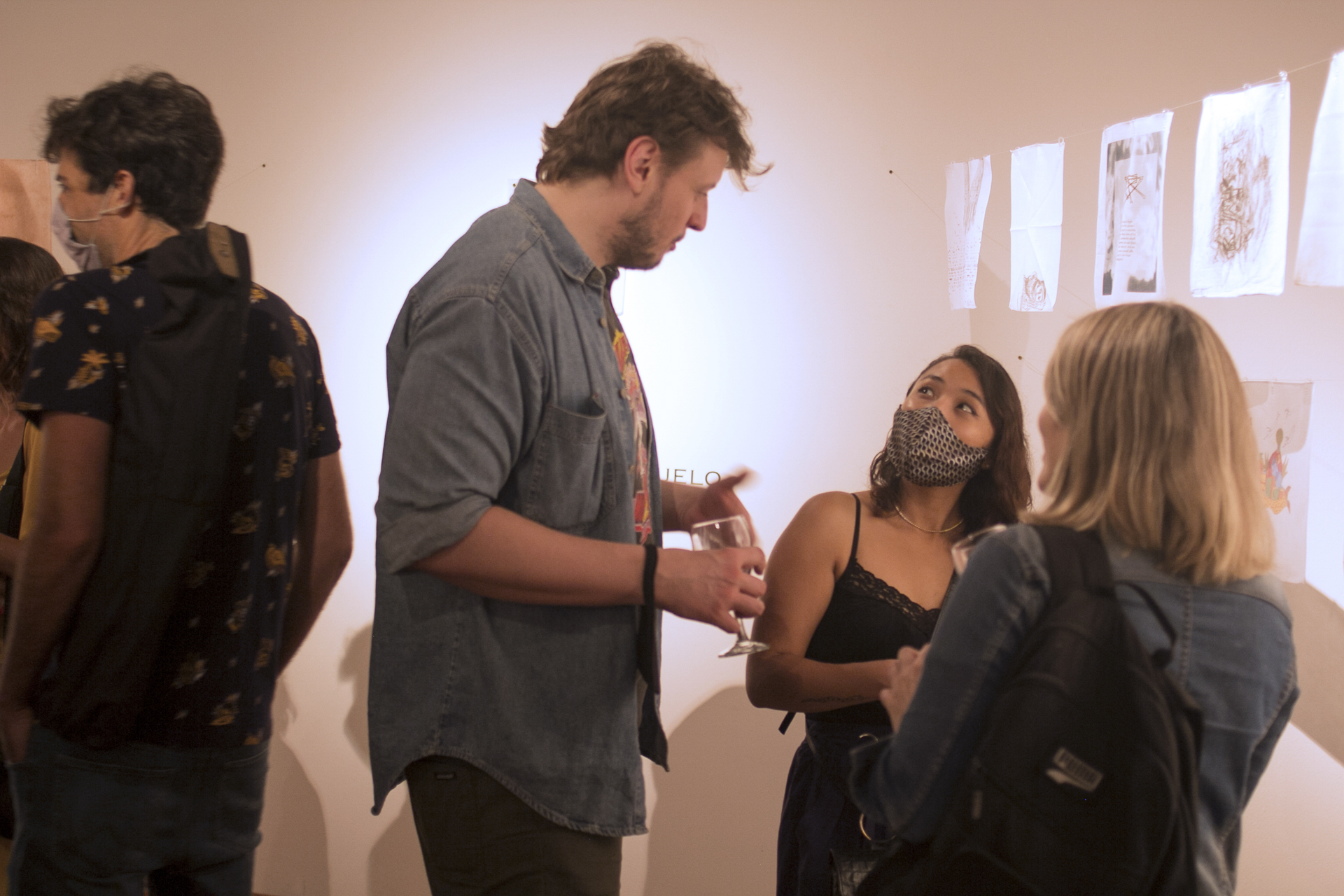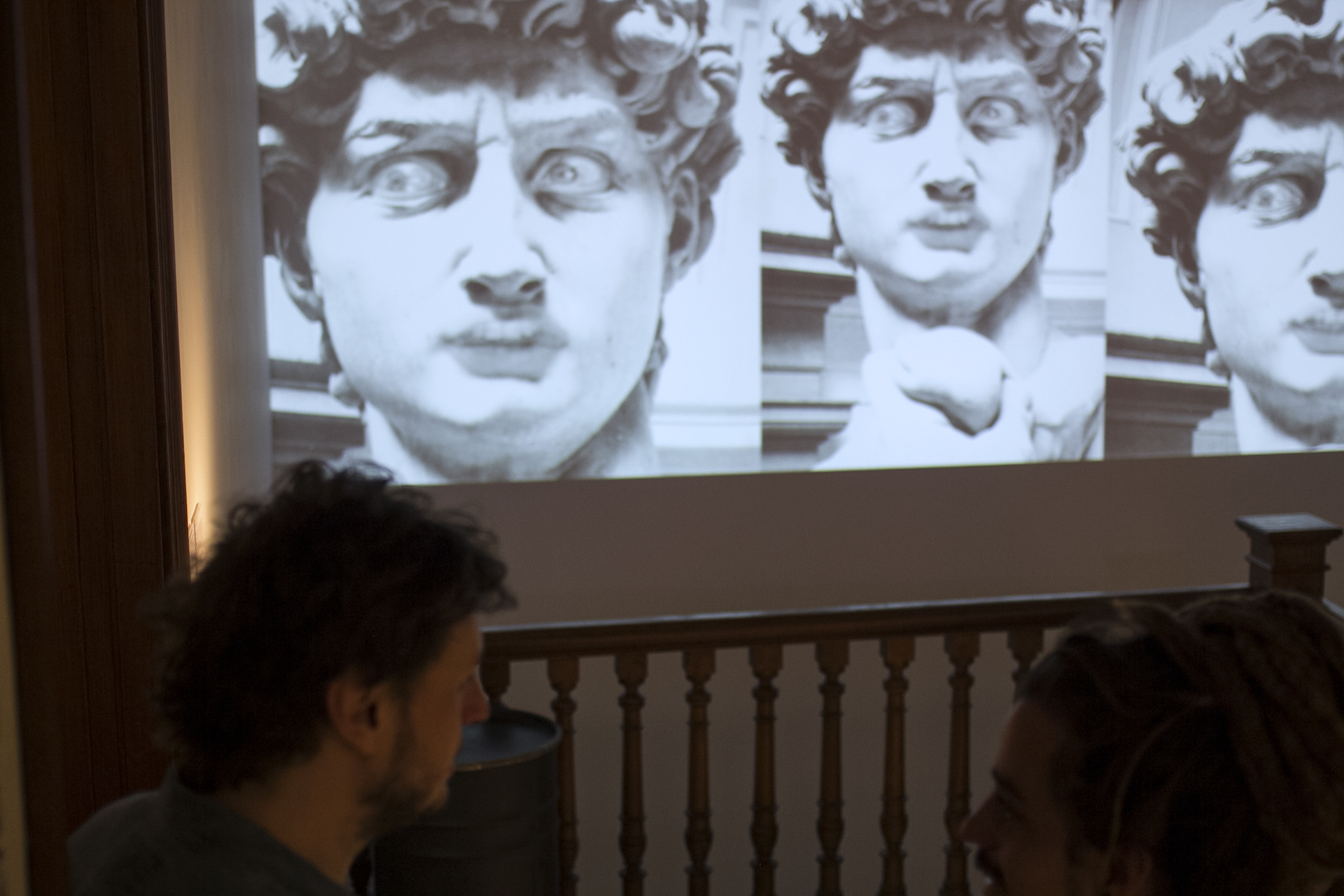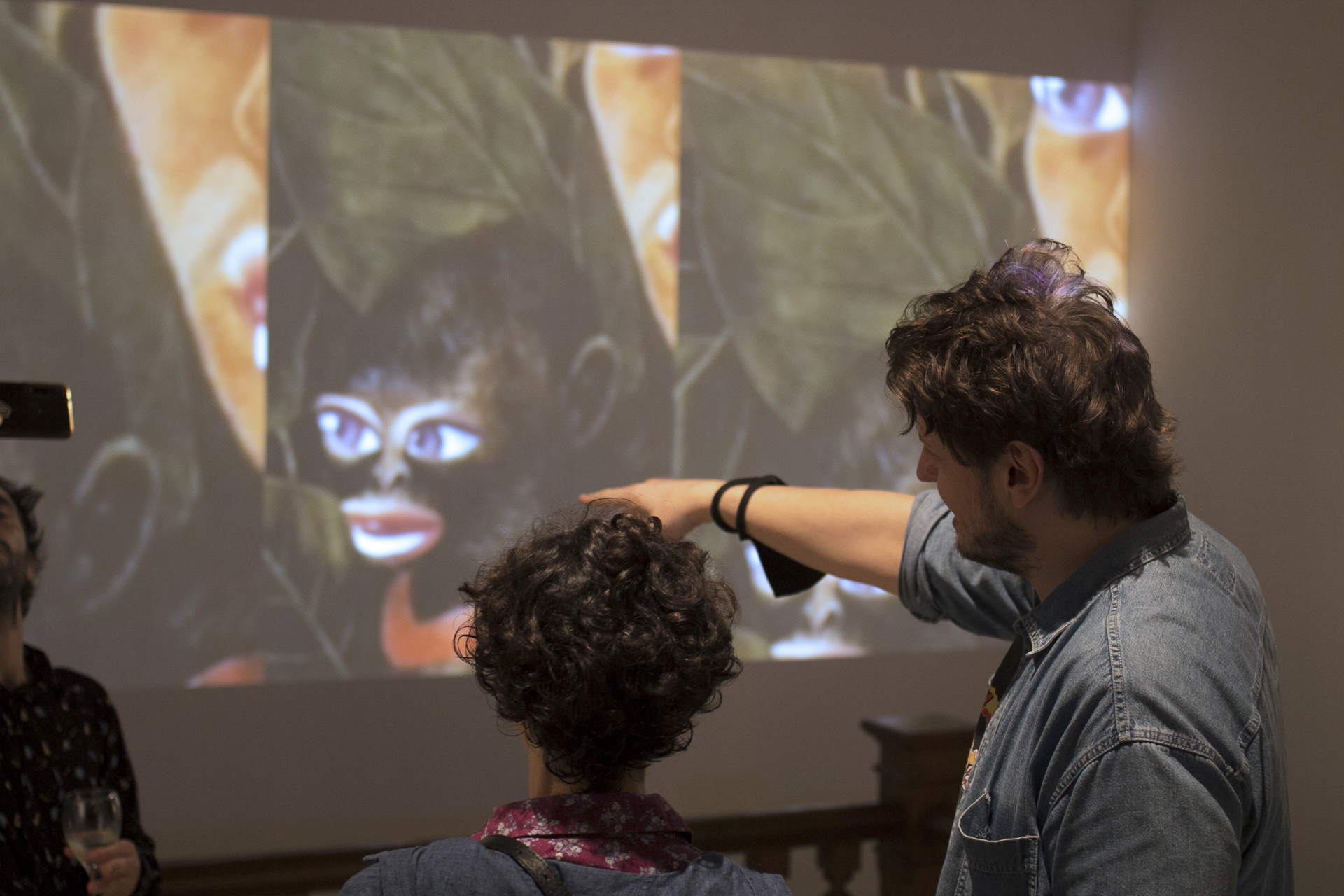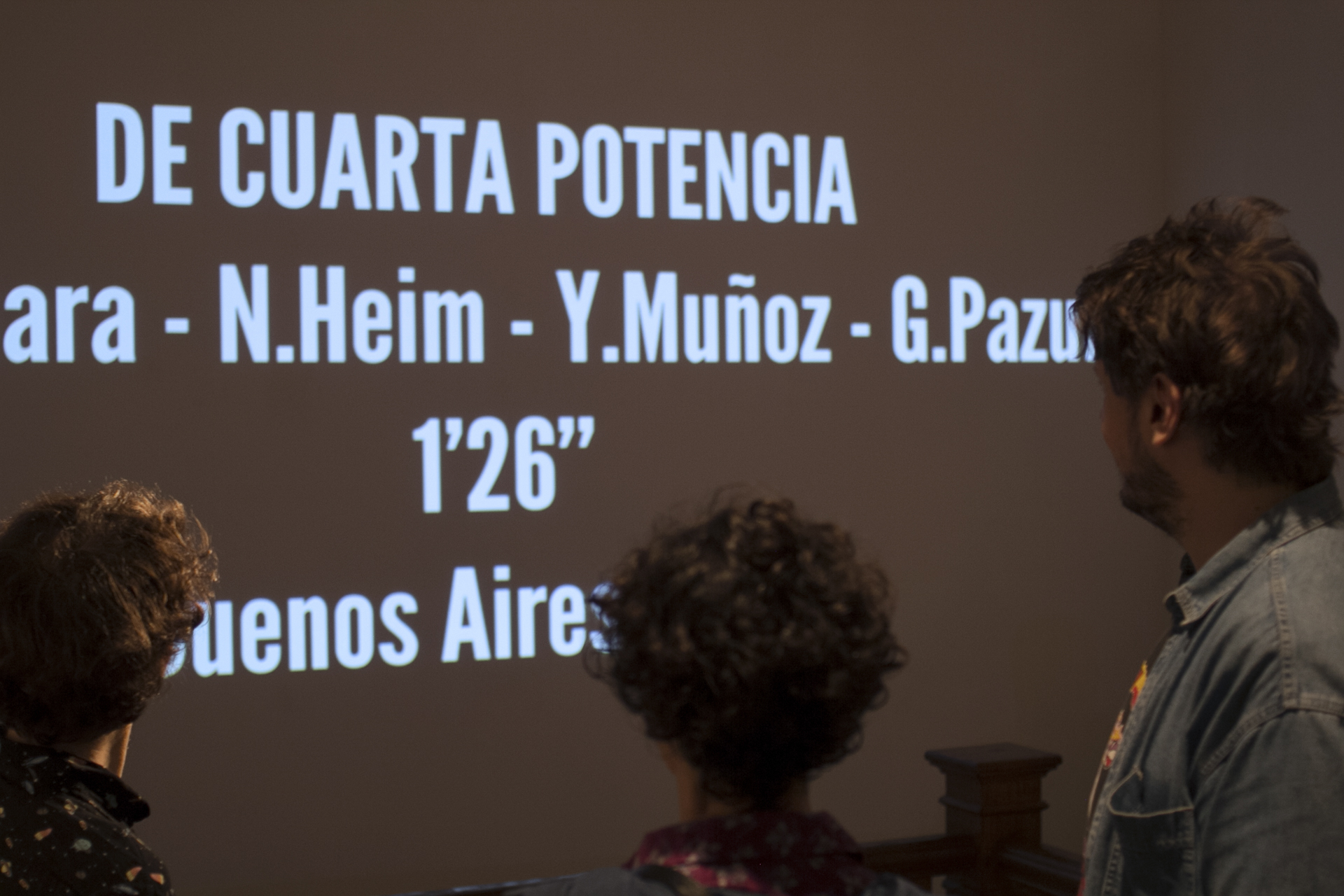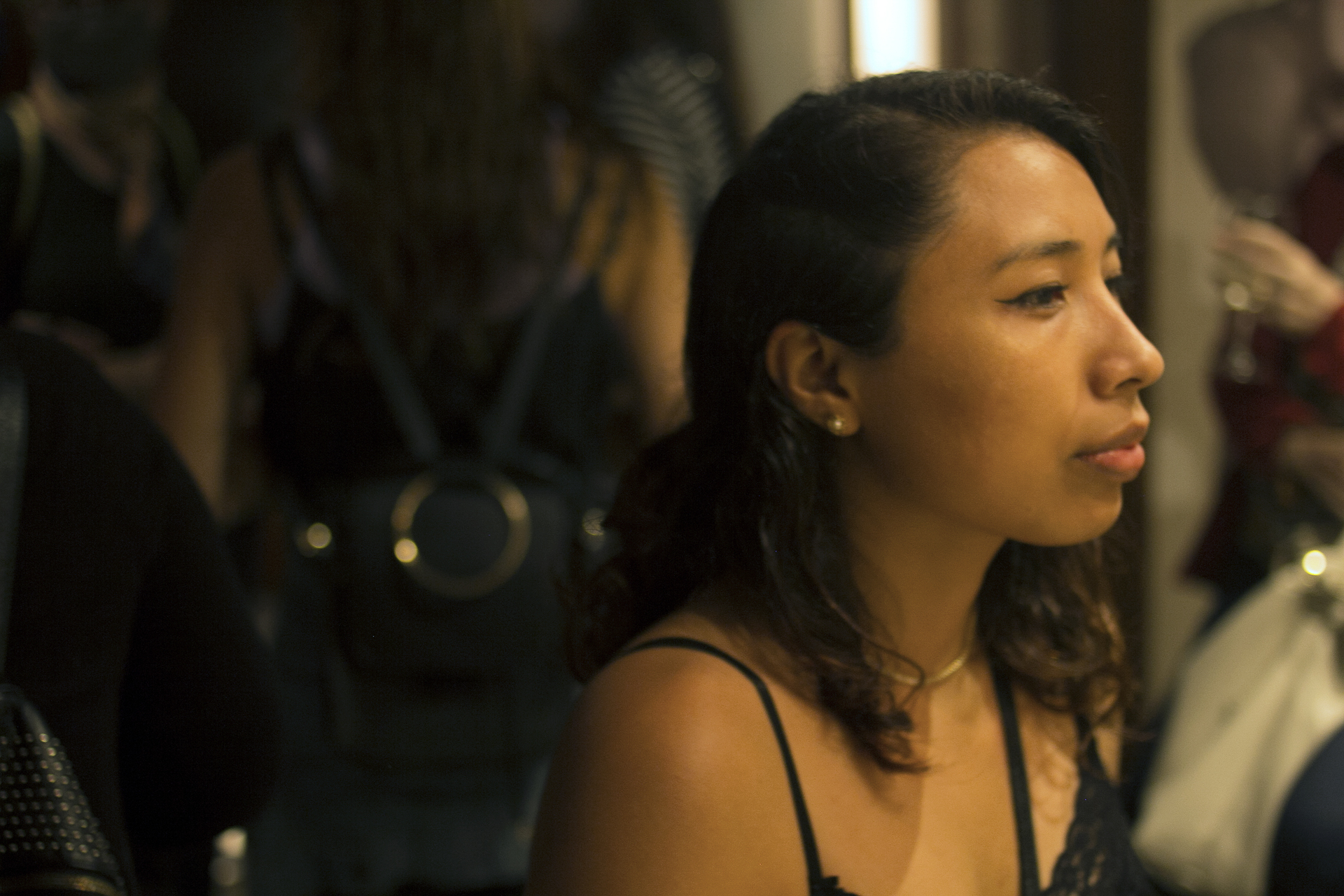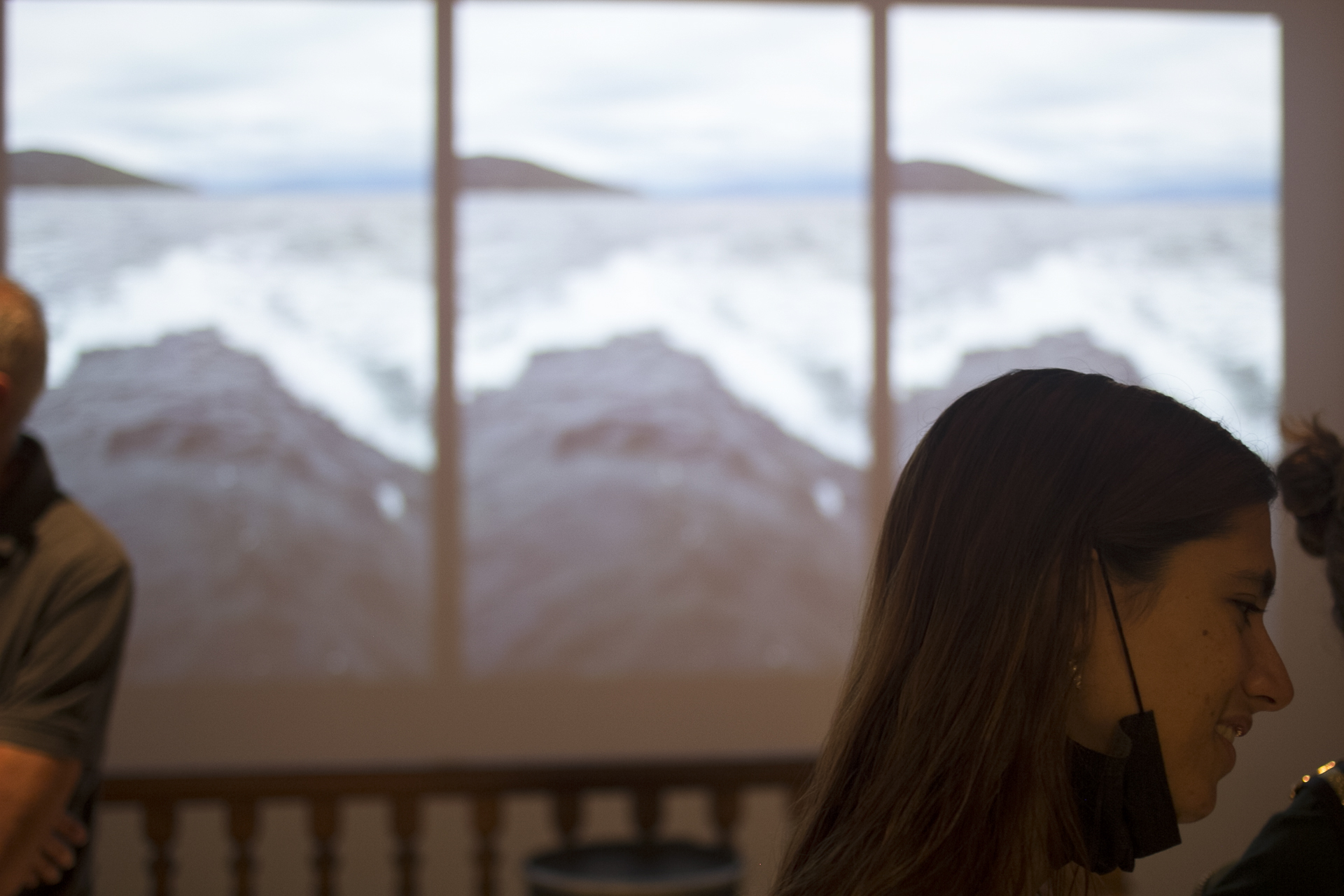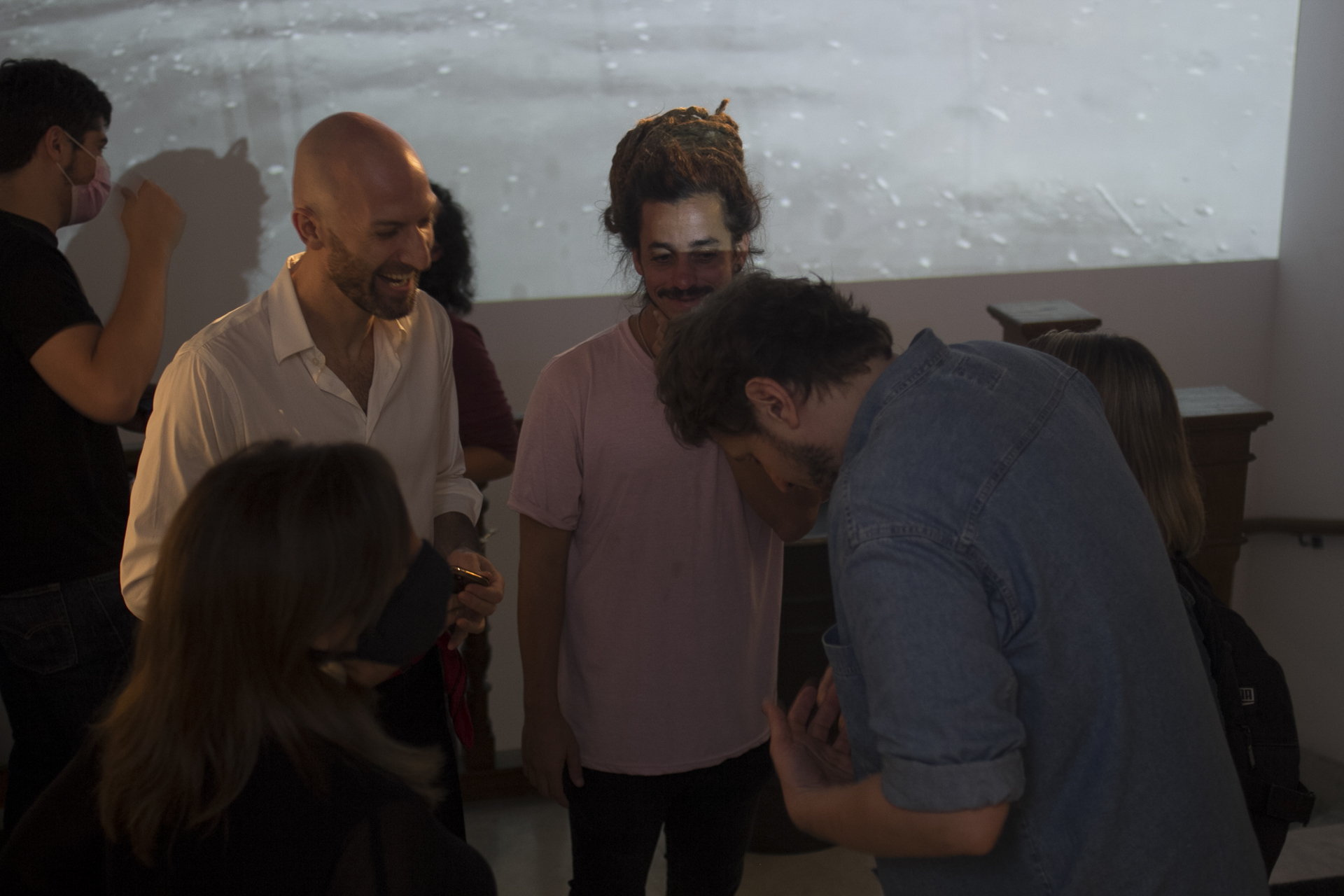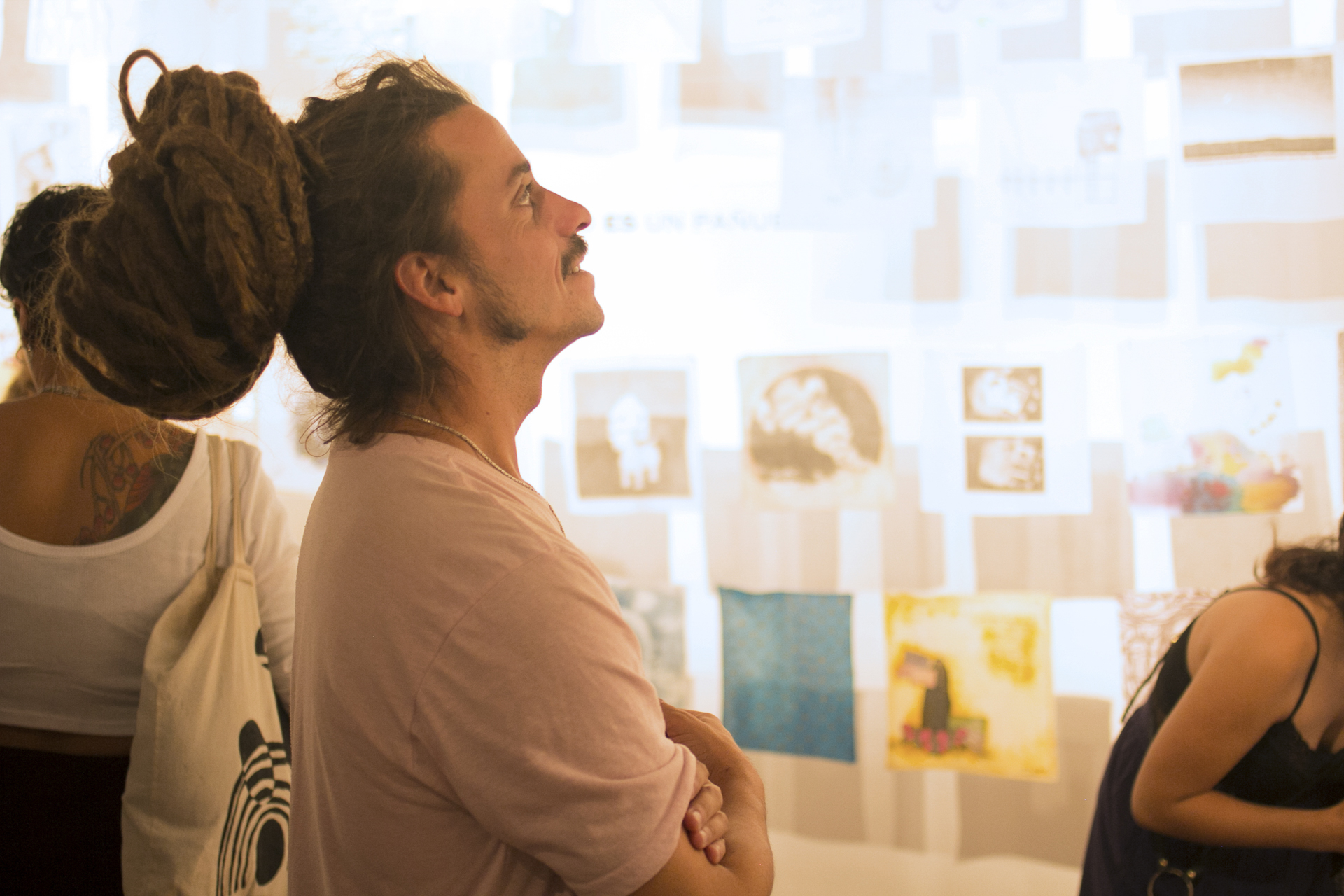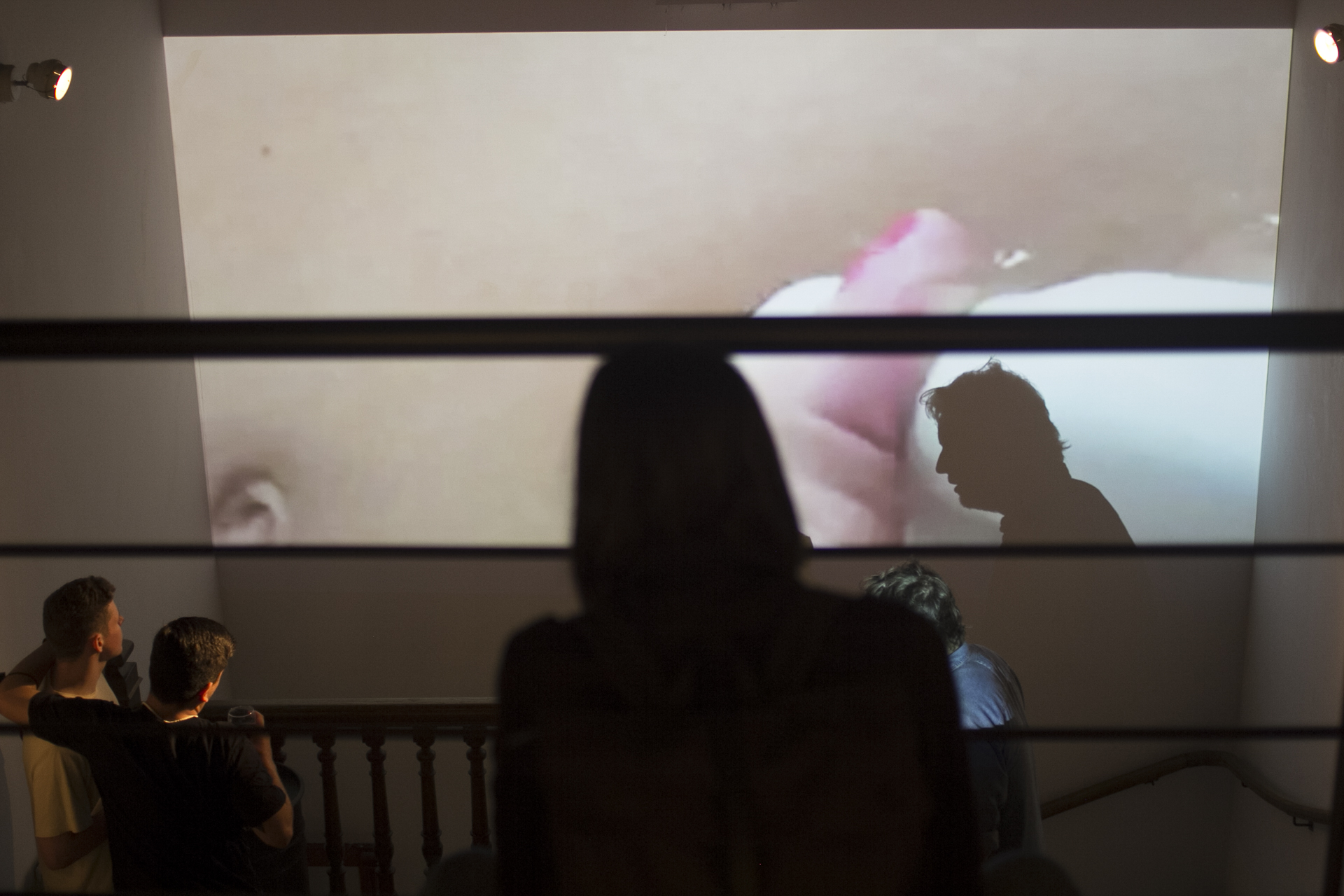Artists
Argentina
Karina Guadalupe Salinas
#7: Cohabitar Fronteras
03.02.22 03.03.22
Karina teaches initial education graduated from the Escuela Normal Superior Gral. San Martín of Santa Fe. She also obtained Higher Tertiary training in Visual Arts Technician in the Liceo Municipal Domingo F. Sarmiento, Santo Tomé, Santa Fe, Argentina. During her career she has received several mentions and national and international awards, among them she was selected artist at Contextile 2020 in Portugal.
STATEMENT DE LA ARTISTA
My artistic language and practice goes through textiles and collaborative actions, in my artistic practice artisanal textile techniques, learnings inherited from my maternal family, what I call collaborative actions intervene. In my experience and artistic practice, the material used was and is always textiles: going through different ways of building such as textile paintings, raising basket bugs in order to obtain their fabric, summoning people to weave in public spaces, embroidering maps to show “the other side of the weave” and napkins with women’s phrases.
All these works were and are in a collaborative way because it is in listening, observing others (intra and inter species); and in the empathy where I discover knowledge and new questions arise that feed back into the work and the doing itself. The question about women’s work in the textile field is always made known in my works: recognition or its lack, and the mechanisms present in labor relations that affect women. When I experiment with baskets bugs, I take these observations to labor relations in power systems and use the resource of metaphor, which allows me to continue making the invisible visible.
ABOUT COHABITAR FRONTERAS
It is my first experience in a residence and above all remote, it allowed me to work without distance being a border. In the exchange with other artists I observed other ways of producing, I found collaborative work was an experience that allowed me to rethink some issues related to my work.
BIO
Karina Guadalupe Salinas
1970 | Santo Tomé, Santa Fe, Argentina.
Lives and works in Santo Tomé, Santa Fe, Argentina.
EXHIBITIONS
2020 | El Otro lado de La Trama, EAC, Contemporary Art Space, Montevideo, Uruguay.
2019 | El Otro lado de La Trama, Héctor Borla Museum, Esperanza, Santa Fe, Argentina
2016 | Workers, Ranseyer Dayer Foundation, Esperanza, Santa Fe, Argentina
2015 | Textile Laboratory, Cesar López Claro Museum, Santa Fe, Argentina.
2014 | Camino del Encuentro, Ranseyer Dayer Foundation, Santa Fe, Argentina..
RESIDENCIES
2022 | Together Apart: Cohabitar Fronteras, Proyecto ´ace, Argentina
AWARDS
2018 | 1st Prize, XXIII Annual Hall Hector Borla, Esperanza, Santa Fe. Argentina
2016 | Stimulus Award Painting Section. 93 Rosa Galisteo Rodríguez Museum National Hall, Santa Fe, Argentina
2014 | 1st Three-Dimensional Space Prize, XIX Héctor Borla Museum Annual Exhibition, Esperanza, Santa Fe, Argentina
2012 | Mention in painting section, National Annual Salon of Plastic Arts of Laguna Paiva, Santa Fe, Argentina


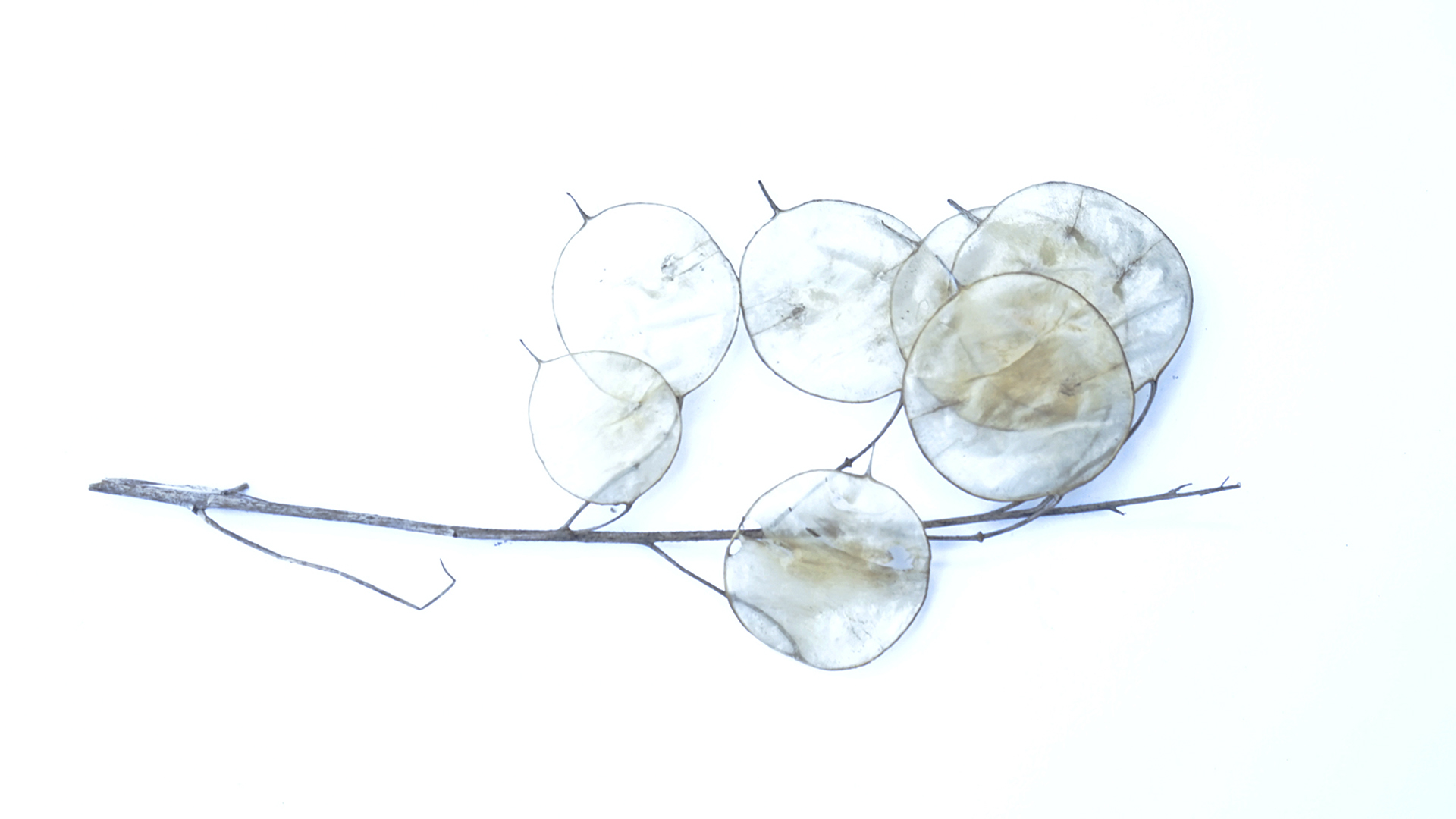
Related Activities
Fellowships, Together Apart
#7 | COHABITING BORDERS: results
Artists in dialogue
23.03.22
From cohabiting to collapsing, and vice versa, those were the movements and actions that we proposed from ‘ace for the seventh edition of Together Apart. We chose the title Cohabiting Borders with the intention of exploring the complexities that occur in the exchange of living together, and because we understand the meeting format of this program as an exercise in itself of cohabitation of a frontier: the border between our online and offline existence.
For this collective research, we also defined three axes that helped us review some possible strategies for cohabiting borders, these were: pointing frontiers, deprogramming frontiers, and metabolizing frontiers.
In this way, we were also able to observe different types of borders that contemporary artistic practices explore, from geopolitical, climatic, and technological borders, as well as the borders between forms of knowledge and methods of linking with the world.
The participating artists designed collaborative dynamics based on their areas and disciplines of knowledge but above all, opening themselves to the encounter with the experience of the other(s). In this way, great relevance was given to the exchange and the works generated from the reflection on the possible points of articulation between artists from very varied contexts.
In tune with the online environment of the program, many artists used that condition of “being connected” as an object and means of research, development and presentation of their works. They used streaming platforms such as Twitch and social media visual resources (Instagram filters) or video games. Also, several of Google's tools were used. In some cases these were useful to observe photographic records of artificially generated borders between countries (Google Street View) and in others, the artists resorted to them to point out the limiting or creative interactions that are possible between human knowledge and artificial intelligences. (Google translate). In turn, there were many proposals that involved leaving the online world towards an exploration of the environments where each artist was and the records of it through
photographs, videos and the creation of video-essays.
Moved from the beginning by the desire to understand borders as membranes rather than walls, during the month of work, the artists began collaborative creative searches that have led to visual exercises that will be presented at the ´ace Foundation on Wednesday March 23 and that in many cases, they will be ongoing investigations.
Related artists
FACILITATING TEAM
Daniela Ruiz Moreno (curator), Alicia Candiani (Director at ´ace) and Andrés Knob (Executive Coordinator at ´ace).
Assistant: Florencia Alborcen.
